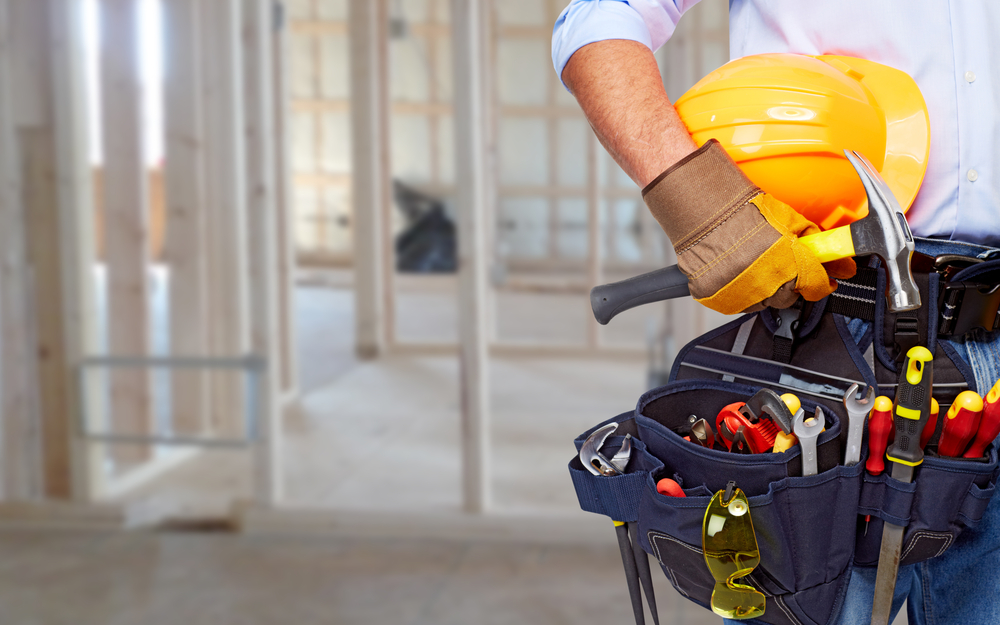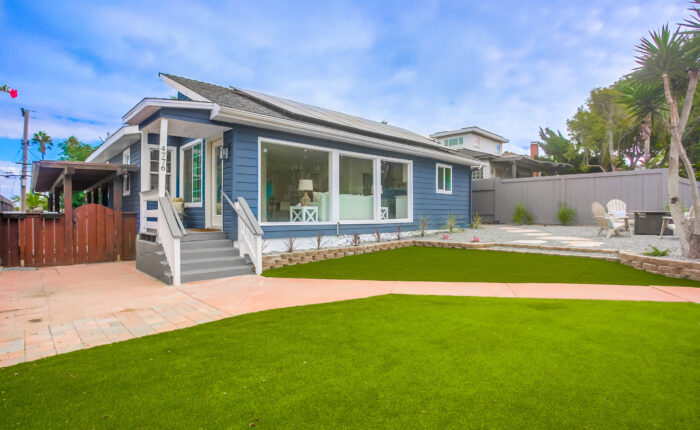Offering custom finishes can promise premium results for real estate rehabbers, but what are the real pros and cons?
We’ve entered into a new era of business and consumer expectation. We are also still in a tentative real estate market where some properties can sell at lighting speed for top dollar, while others rot on the market for extended periods of time. Offering your own personal touch when rehabbing properties can appear to be an alluring prospect, but what are the real advantages and dangers of this theory for real estate investors?
Custom Made Culture
The craft beer, Etsy and Apple culture we live in today demands that merchants of all types provide consumers with products and service that fit them just right. Consumers are gravitating towards products, brands, and experiences that feel tailor made. In fact, it is increasingly apparent that unless real estate sellers can convey more of that, many would-be buyers and renters are just happy to stay in place, regardless of the cost. Home sellers, Realtors, and real estate investors that can find an efficient solution for offering custom finished units can certainly expect to increase their profit margins.
Home Staging is just a Tease
Many landlords, apartment communities, builders, buy and hold investors, flippers and rehabbers try to make this connection with home staging. This may be virtual staging, using models, or staging specific units for sale or rent, which can help a lot. Data suggests that home staging alone can help properties sell a lot faster, and for more money. If you’ve ever toured an apartment complex and have witnessed the dramatic difference between models, you’ll know how much of a difference it can make. However, this approach can also lead to disappointment and buyer’s remorse. Getting a lot of showings and interest can just be a waste of time and resources if they don’t lead to real closings, and to referrals. Staging is good. Don’t stop. Be sure to follow through and deliver better looking units.
Common Items that can be Customized
Some things can easily be customized for homebuyers:
- Flooring
- Appliances
- Interior and exterior paint
- Kitchen backsplash
- Kitchen countertops
- Kitchen and bathroom fixtures
- Bathroom sinks
- Front entry doors
- Lighting
- Other hardware
- Landscaping and outdoor spaces
While there can be a tremendous upside to offering custom options when selling and renting houses, there can be severe downsides too. If you’ve already tried 5-10 of these options, you will have no doubt encountered some of these issues already.
The biggest and most common threat is that the buyer doesn’t come through. You’ve invested extra money and time, and have personalized the place just for them. Now reselling to someone else can be more difficult. You really can’t offer the same customization to another buyer without going way over budget. As one of the key principles of staging is a clean and neutral slate, you may have severely limited the number of potential buyers in the customization you have done.
So how can you minimize or offset this risk?
Hybrid Strategies for Custom Remodels
How do real estate investors and other sellers offer personalized homes without putting themselves at great financial risk?
One option is to require heavy deposits. If you’ll be investing $3,000 or $10,000 in custom materials and labor to personalize a unit, why shouldn’t the buyer be willing to put some skin in the game and share that risk? This may be the optimal solution, but when dealing with buyers seeking no or low down payment mortgage financing, this may not be an option.
Another alternative is to deliver ‘designer ready’ units. Home and condo builders often deliver a gutted unit with no flooring, interior paint, or other finishes. It is up to the end buyer to put their designer to work, or to do the work themselves. This may work more often than you think. Many people are interested in flexing their DIY skills or commissioning their own interior design work. However, they are often turned off by distressed and ugly properties which require more, and an unknown amount of work. So what if you made that easier by stripping out features?
The reason most buyers and renters don’t go for the second option is that they simply don’t have the cash to do so themselves. They don’t mind paying more if they can finance upgrades, but find it hard to find cash in lump sums. You could offer a credit at closing, money in escrow, or sizable credits to home improvements stores to make the finishing touches they desire.





